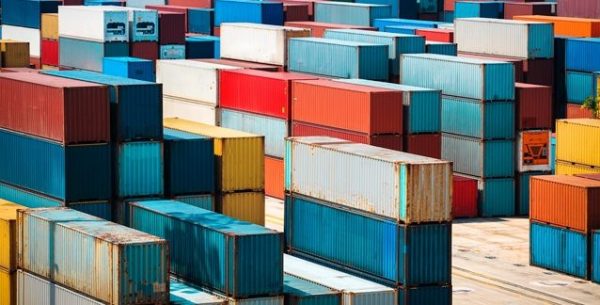Gard’s latest publication, provides comprehensive information about containers as a means of cargo consolidation and effective transportation, intermodal transport and the handling of containers in its widest form, both in terms of operations, geographical differences and the underlying technology.
About 90% of international non-bulk cargo is moved by ocean-going ships and the vast majority of consumer and semi-finished goods are shipped in containers at sea. The suitability and quality of the containers themselves, as well as the knowledge and systems to ensure proper handling, stowage and securing of them on board, is crucial to achieve safe and efficient transportation. This has become even more pronounced with the tremendous growth in containership size and corresponding changes in container terminal operations and other parts of the logistical chain over the past two decades.
The first two chapters of Gard’s new guidance deal with the historical development of container shipping. This is a summary of information obtained from various books and articles published on this topic. For those interested in further reading and in learning the ’full story‘ of container shipping, some very interesting and worthwhile books are listed in the Bibliography.
Chapter 3 looks at transport networks and the various ways of shipping containers, which in addition to seagoing transport also includes barge, rail and road transport.
Container terminals are the pivotal points in container transport and hence a significant part of this book covers these operations. Particularly the chapters on Terminal Operations give an insight into the interaction between terminals and vessel operations, and how the planning is carried out.
Chapter 5 starts with a basic description of a container vessel. Particular focus has further been placed on explaining what is meant by the vessel’s ’operational envelope’ and the factors which play a role in determining this operational framework which is particularly important for containerships. Towards the end of Chapter 5 is a summary as well as a discussion of the possible causes of typical containership related casualties.
Any Guidance on containers must contain a summary of the regulations covering transport, design and maintenance of containers. This is covered in Chapter 6.
The Guidance concludes with a chapter on container insurance and gives an understanding of the terms and conditions used in the insurance of the container box itself.
Throughout the Guidance you will also find side stories, or box-stories. These are sections which discusses a particular topic in more depth, outlines an individual’s particular achievements or are anecdotal in nature.
Source: The Gard P&I Club































































